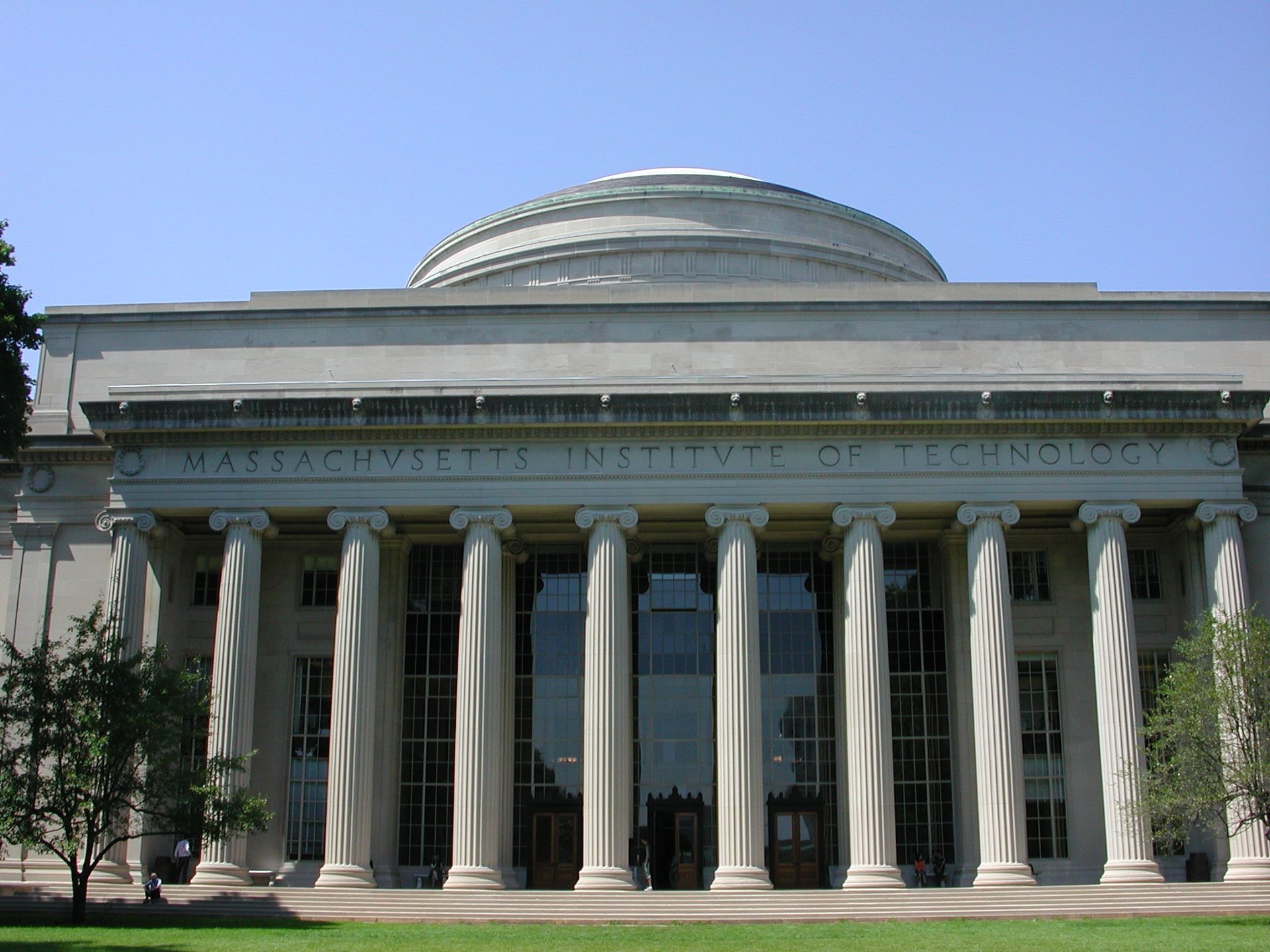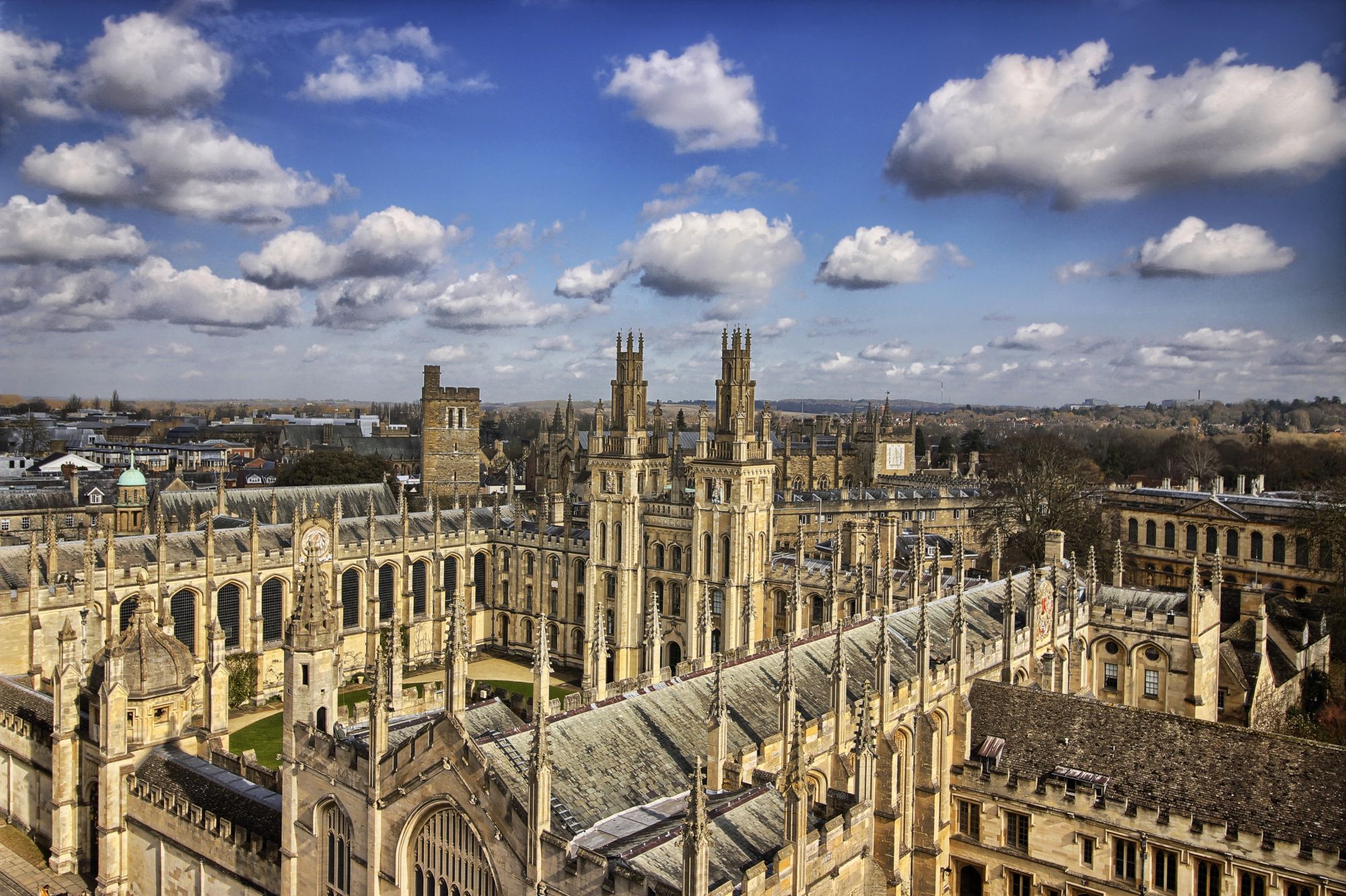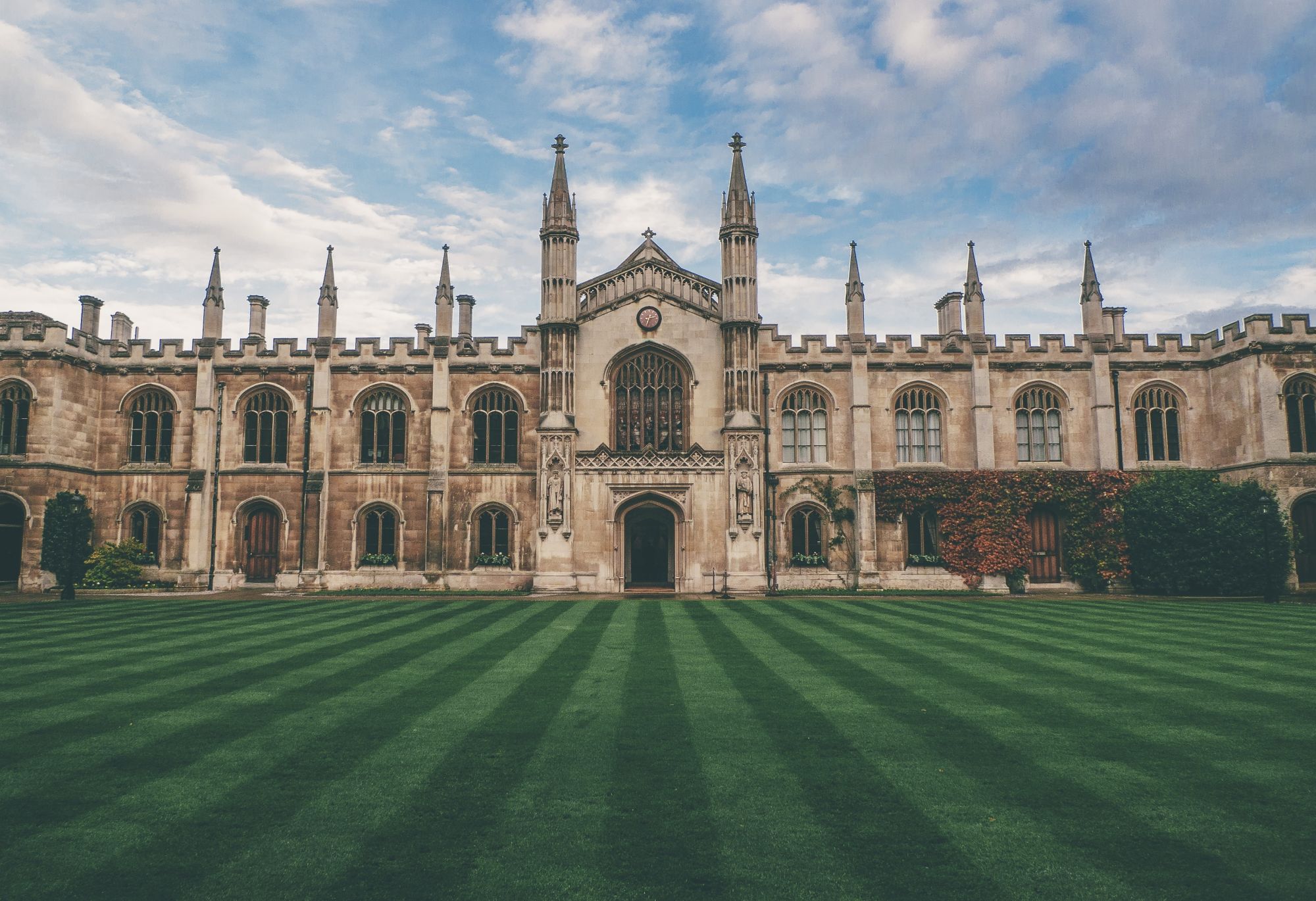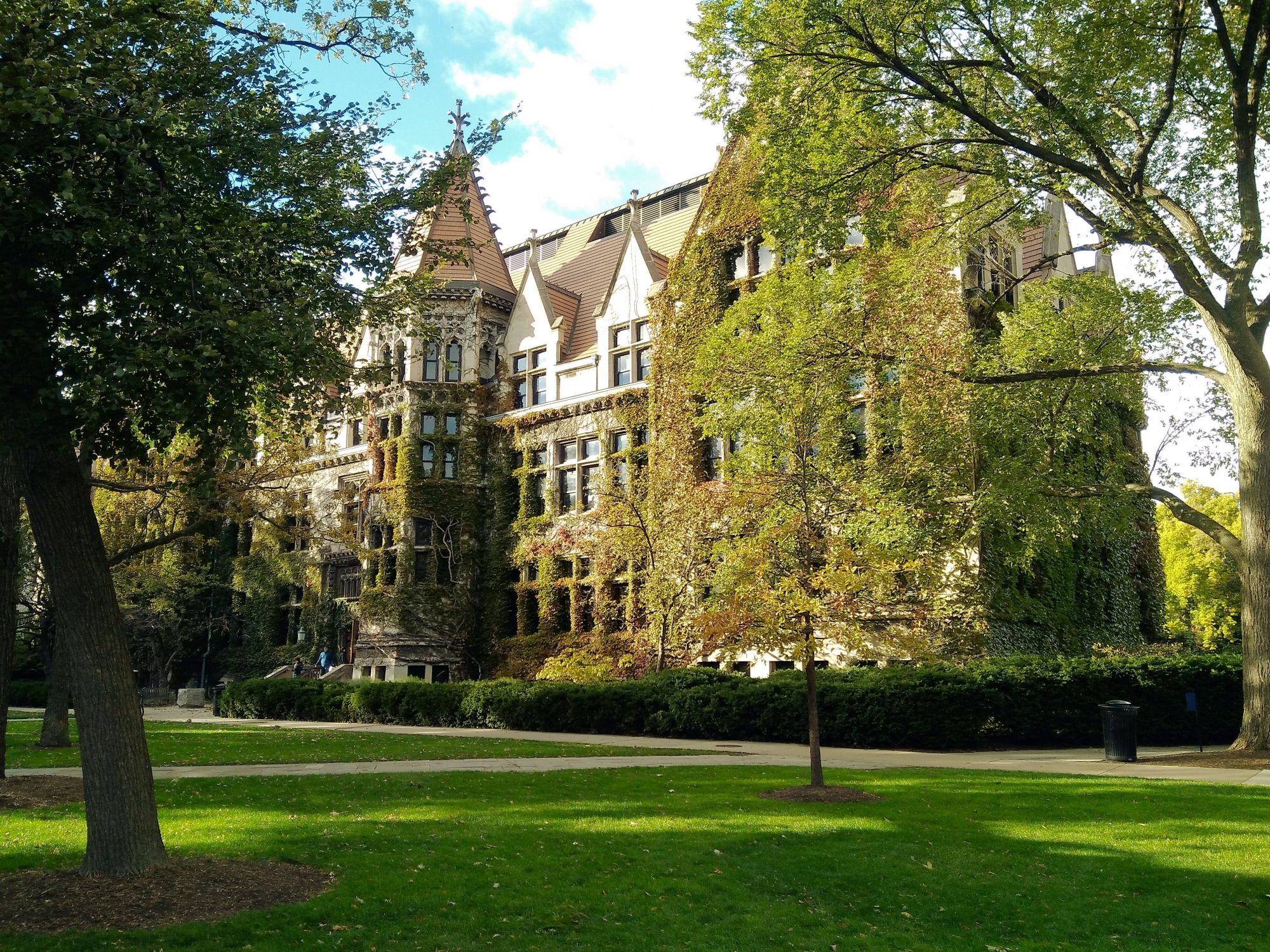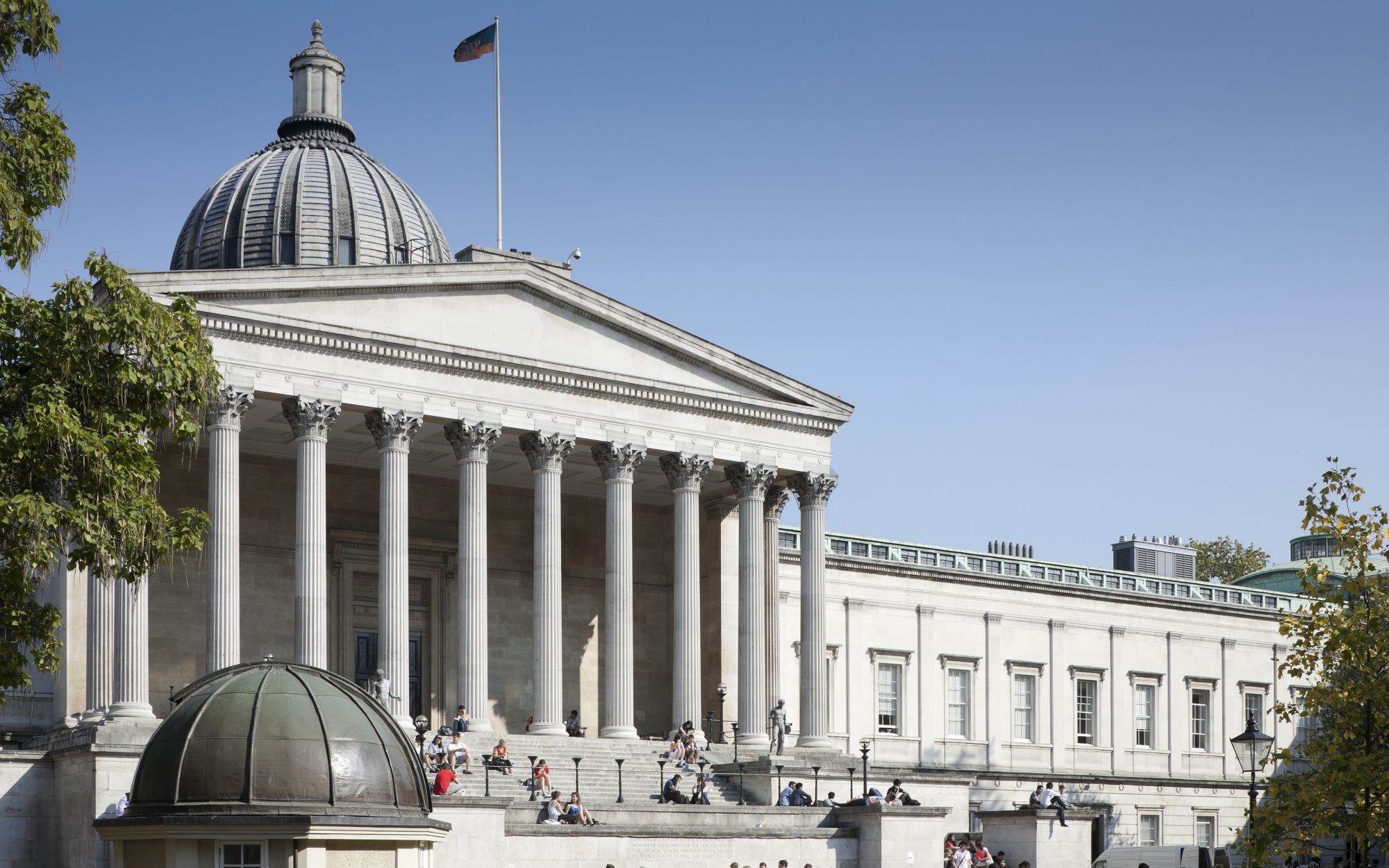The annual QS World University Rankings have been announced for 2021—here's what to know about the 10 top universities around the world
This story was updated on June 12, 2020.
With the school year coming to a close, many students across the globe will already be getting prepared for their last year of schooling—and setting their sights on the universities they will be applying for. Those wanting to apply to the best schools out there will no doubt look to the newly released list produced by QS World University Rankings, rating the best universities in the world for 2021.
Topping the Quacquarelli Symonds list is Massachusetts Institute of Technology (MIT), with Stanford University and Harvard University coming in second and third. Other institutions featured in the top 10 include the University of Oxford, the University of Cambridge and Imperial College London, along with California Institute of Technology (Caltech).
Though just missing out on a top 10 position, the National University of Singapore (NUS) holds the 11th position—the highest-ranking Asian university on the list, while Nanyang Technological University, Singapore (NTU) stands at 13th place.
The indicators used in the ranking system include academic reputation, employer reputation, student to faculty ratio, international student and faculty ratios and citations per faculty to give each school its overall score.

